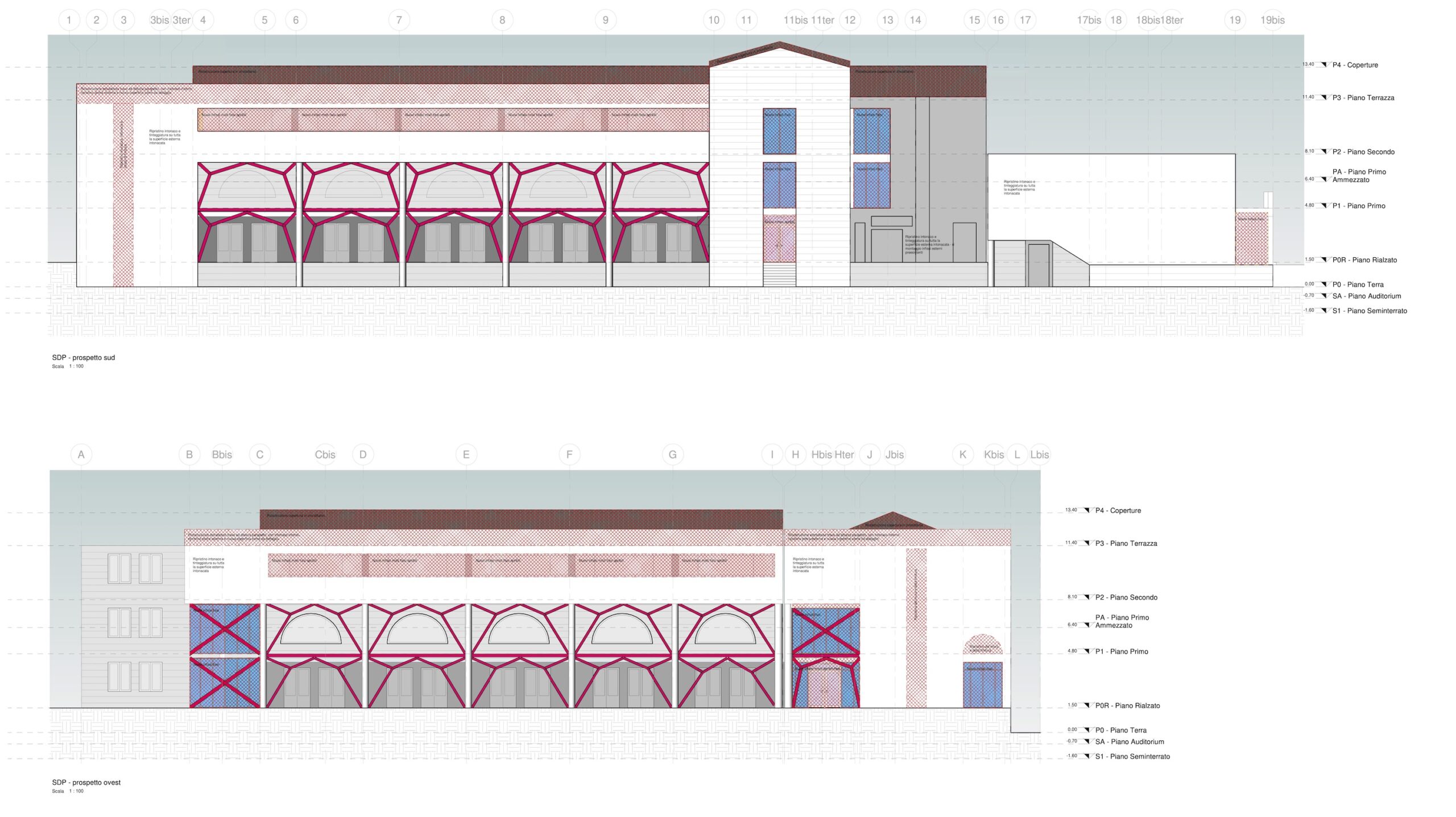If in our territory protection from possible seismic events is a substantial need and not just a formal requirement for defining the real level of safety of each building and the people who live in it, this is never truer than if we are talking about a school.
The fragility of the Italian school building system is well known, and it is unfortunately ascertained that only one in four schools in the most at-risk areas is earthquake-proof, but a series of measures envisaged in recent years by the government to support local authorities in the infrastructural upgrading of these buildings also puts us in a position to use our knowledge to achieve this goal.
Thus we have just delivered the project for the seismic upgrading of the Liceo Cascino high school in Piazza Armerina, built by integrating steel into a reinforced concrete structure dating back to the 1980s.

We gladly responded to a call for tenders for this engineering service, as requested by the Libero Consorzio Comunale of Enna, on the basis of a vulnerability study that had already been carried out, and in a very short time (just thirty-six days) we completed the design phase necessary for the work to now go out to tender. We will follow the direction of work taking into account that we have to reconcile this with the regular running of classes for the students from September onwards.
It is precisely for this reason that we have given priority to the need to contingent the work as much as possible and to concentrate it where possible, adopting different strategies for the different blocks, each of which presents current conditions of vulnerability and varying needs, including one block, that of the gym, which has been unfit for use for some time.
Following the provisions of the latest Technical Regulations for Construction (NTC) established by the government, we have taken the necessary design choices to ensure that this structure is adequate to withstand a possible earthquake.
And so, we firstly planned to make various parts of the building lighter, for example by eliminating some attic floors that are currently unused, replacing masonry partitions with highly resistant plasterboard elements, removing unnecessary reinforced concrete superstructures, and eliminating glass-concrete elements still present on the facades.
We decided to thicken some resistant sections with new reinforcements, starting with the foundations (where we carried out special geognostic investigations, given their crucial role in determining damage or collapse as a consequence of any sudden lowering due to the earthquake) and then on the beams and pillars, among which we planned to include so-called ‘K bracing’, which will play a dissipative role in seismic energy, helping us to make the entire structure even more resistant: Since these elements are particularly intrusive, we will consider whether to make them particularly visible, turning them into real characteristic architectural elements.
Now our priority, taking care of the direction of the work, will be to organise them through micro-building sites that do not affect school life: we will do this through a continuous comparison with the schools’ headteacher, evaluating in the executive phase the individual solutions that from time to time will prove to be the best, so that the works can be carried out on schedule while the students can simultaneously continue their school activities peacefully and safely.




